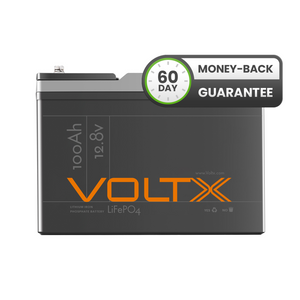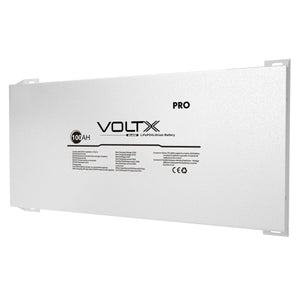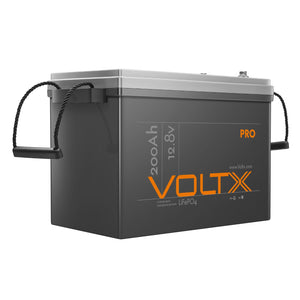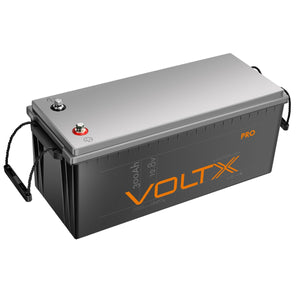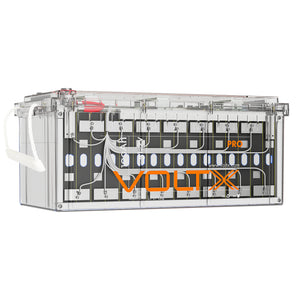With all the available battery models and brands on the market, finding a suitable trolling motor battery often can be a daunting task, but it shouldn't be. But before getting a new battery or battery pack, one should first write down a few things, including the size and weight of the boat, motor strength, required trolling time, and of course, the funds allocated for the new trolling motor battery.
Size and Weight of the Boat
Electric motor power is rated in "pounds of thrust" (or "kg of thrust") which is not the most correct measure of force, but it gives a rough picture of the electric motor's ability to provide means of propulsion for the boat. Also, when choosing the right electric trolling motor, it is a good idea to over-dimension both the electric motor and the battery for safety reasons.
Water and weather conditions
Calm water and no wind require no additional motor power. On the other hand, strong currents and wind can help the vessel sail faster down the current and wind, but if one has to sail up the current and wind, much more power and larger thrust are required.
Height of the boat
Kayaks and most of the inflatable boats are low in the water with a relatively modest area of the boat that can act as the sail, requiring very little extra power. However, some pontoon boats and catamarans/trimarans are very tall, requiring extra power and thrust in windy conditions.
The presence of seagrass or similar vegetation
Subsurface vegetation increases the vessel's resistance requiring more power and thrust to keep the required trolling speed. Also, the vegetation can wrap around the propeller shaft, greatly increasing the motor load and even causing the circuit breaker to go off.
So, feel free to choose the required electric trolling motor strength according to the table, just have in mind all (or most of) other possible situations, too.
Electric Trolling Motor Thrust vs. Power
Thrust achieved by electric trolling motor roughly equals to the water mass flow in the unit of time, multiplied by the water speed difference. In order to stay away from the math as much as possible, just have in mind that an electric trolling motor with a larger thrust requires more electric power.
What Type of Battery Do I Need For My Trolling Motor?
When looking for a new trolling motor battery, be sure to check battery chemistry, voltage, capacity (Ah or Amp Hour Rating), type, Reserve Capacity, maximum continuous discharge current, maximum surge current, number of charging/discharging cycles, etc.
Trolling motor batteries must be able to withstand regular deep discharge operations and cyclic use. Also, from time to time, these batteries are left unattended for weeks or even for months, with local temperatures being sometimes very low (winter) or very hot (summer). Common starting/cranking car/boat batteries should not be discharged regularly below 50% of their capacity, or their operating life can be significantly reduced.
Thus, for an electric trolling motor battery, one should choose a dual-purpose or preferably deep-cycled lead-acid or lithium marine or general-purpose battery. Such batteries have limited cranking currents, but that is not what they are designed for - they can easily withstand regular deep discharges down to 20-30% without adverse effects on their operating life.
How to charge trolling motor battery?
Easily - connect the battery to the suitable battery charger and let it do its job.
Wet/flooded, AGM, and Gel-Cell batteries should be charged using currents in the 0.1-0.2C range (model dependent) using smart/advanced lead-acid battery chargers that allow the user to set the battery type (wet, AGM, Gel) and that feature temperature sensor for temperature compensation.
